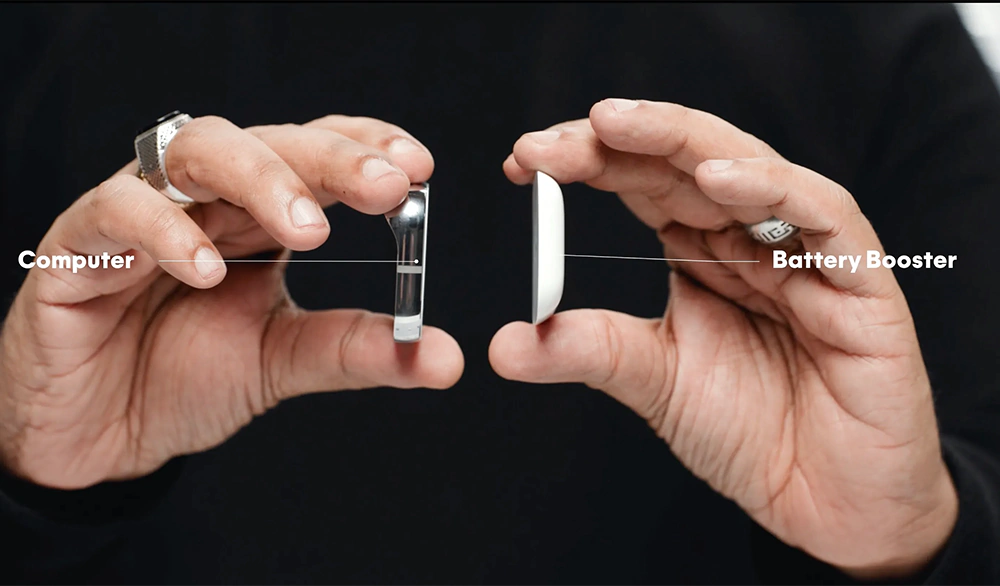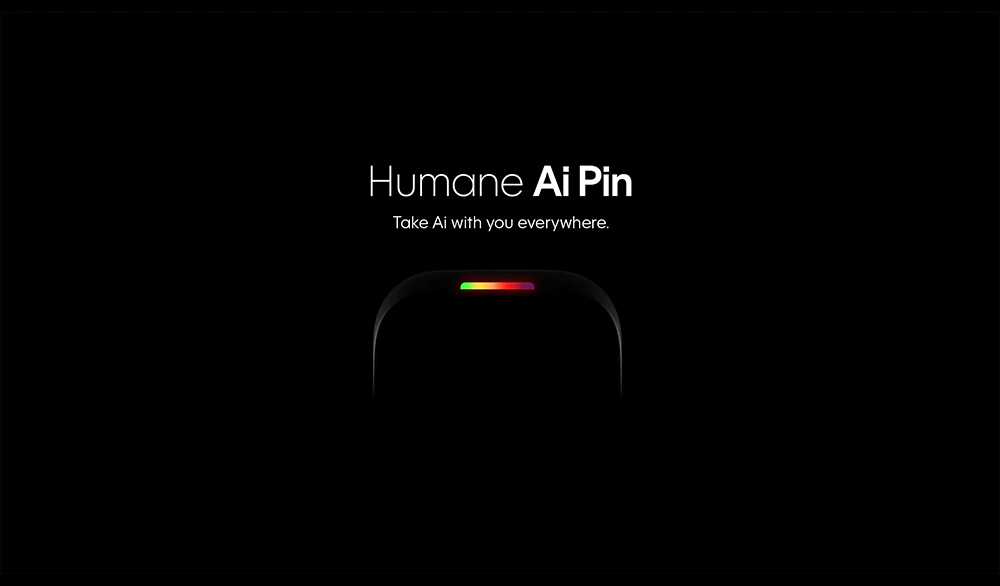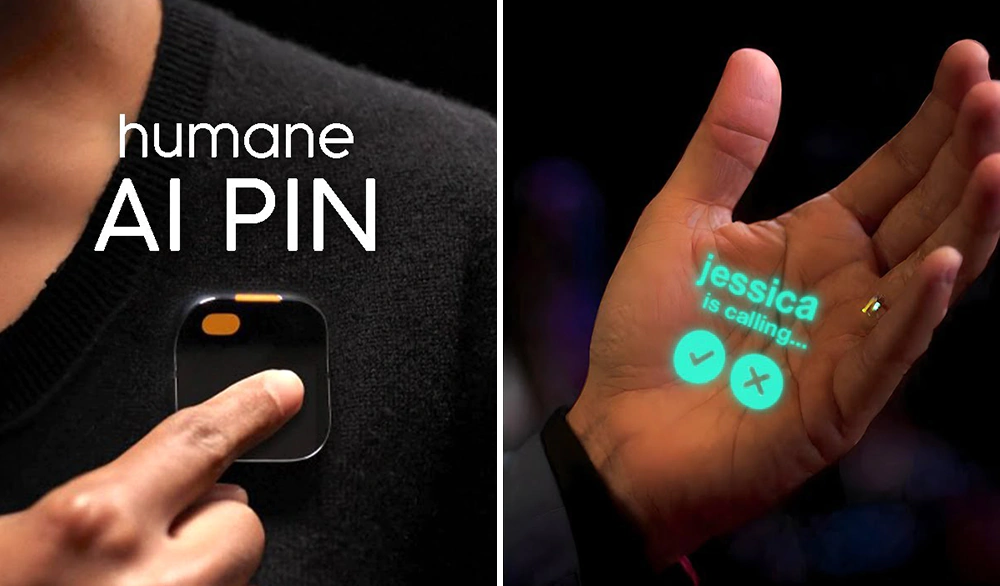In the modern era where people are always connected to the internet, the society has changed dramatically.
With more capable internet connection and an increasing amount of devices to choose from, practically everyone wants to have their own smartphones and dedicated internet connection, just to enjoy the abundance of 'activities' that can be done on the internet.
And with the more and more devices put online, and more and more people connected to the internet, the more information would be shared, people have since become increasingly dependent on the technology.
More importantly, people cannot "live" without seeing a lit display screen.
Humane Ai wants to change that.
Humane (originally stylized as 'hu.ma.ne') was founded in 2018 by two Apple veterans, former director of software engineering Bethany Bongiorno and designer Imran Chaudhri.
The two reportedly met while working on the iPad, before resigning in 2017 to start their own company.
The goal is to shift people's habit, from seeing display screens and using apps, to AI.
Using a pin-like gadget the company calls the Ai Pin, the company wants users to speak and listen to the AI, instead of typing.
In its own words, the company is "reimagining interaction."

The company said that it has "been creating a first-of-its-kind software platform and consumer device built from the ground up for artificial intelligence (AI)."
After raising $100 million in what it calls a Series C round, the company in a blog post that it "has secured strategic collaborations with some of the most influential technology companies in the world."
The companies in question are Microsoft and OpenAI, Qualcomm, and SK Networks.
And, "while the initial Humane device will be focused on delivering the next generation of personal technology," investors LG and Volvo Cars Tech Fund will be working to bring its technology into cars and other unspecified devices.
Seeing AI as the future, Chaudhri said that:
"It's an exciting time, and we've been focused on how to build the platform and the device that can fully harness the true power and potential of this technology."
"We are at the beginning of the next era of compute [...] together we can begin the journey to fundamentally reshape the role of technology in people's lives."
After months of demos and hints, Humane finally revealed the AI-powered future it has in its mind.
The Ai Pin, which comes as a wearable, makes use of the fact that computers can be made smaller, but remain functional, and without decreasing its processing power.
The $699 made using two separate parts: a square device, and a battery pack that attaches the device to users' clothes or other surfaces.
But before users can use the device, they have to pay a $24 monthly fee for a Humane subscription, which gives users a phone number and data coverage through T-Mobile’s network.

What makes the Ai Pin different is that, its Snapdragon-powered device is designed to combine voice control, a camera, gestures, and a small built-in projector.
Unlike other Internet of Things devices, the pin is not designed to be always recording.
It's not even listening for a wake word.
Instead, users have to activate it manually by tapping and dragging on the touchpad.
To confirm that it receives the input, the pin will blink its 'Trust Light', informing users and anyone else in vicinity that the device is collecting data.
The light is influenced by Apple's orange and green indicators on the iPhone status bar, which shows users which sensor is active at any given time.
When the light is on and the device looking or listening, users can then interact with the AI using their gesture or voice.
The output is that the AI will speak, and/or display information through a projected single-color interface.
Without a screen, the Ai Pin is heavily dependent on an AI model it calls the 'AI Mic', which is primarily-powered by OpenAI's GPT-4.

Humane explained that the pin's ChatGPT integration is just one of its main features. The next important feature, is its operating system, called the 'Cosmos', which is designed to route users' queries to the right tools automatically rather than asking users to download and manage apps.
The operating system also runs a specialized computer vision-powered software that can recognize objects around it, such as food nutrition labels.
What this means, Humane is trying to make the Ai Pin shift human-computer interaction from having a home screen with lots of apps and settings, to just an AI and information that is projected to the palm of a hand or the surface of a table.

"The [AI Pin is a] connected and intelligent clothing-based wearable device uses a range of sensors that enable contextual and ambient compute interactions," the release reads.
"The Ai Pin is a type of standalone device with a software platform that harnesses the power of Ai to enable innovative personal computing experiences."
"Our Ai Pin presents an opportunity for people to take AI with them everywhere and to unlock a new era of personal mobile computing which is seamless, screenless, and sensing," said Chaudhri and Bongiorno in a statement.
Read: 'Digital Zombies', And How The World Can Fight Or Embrace Them